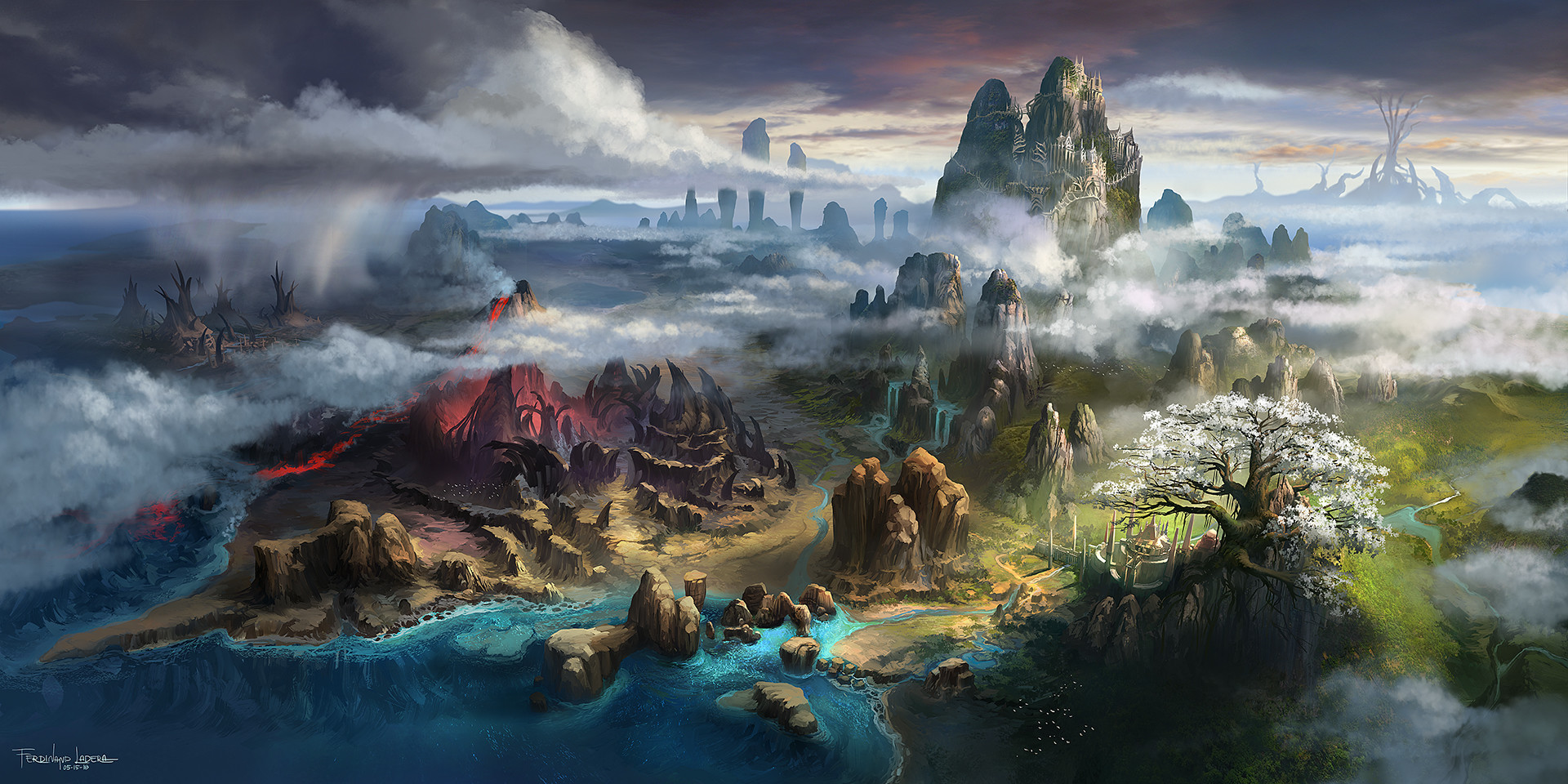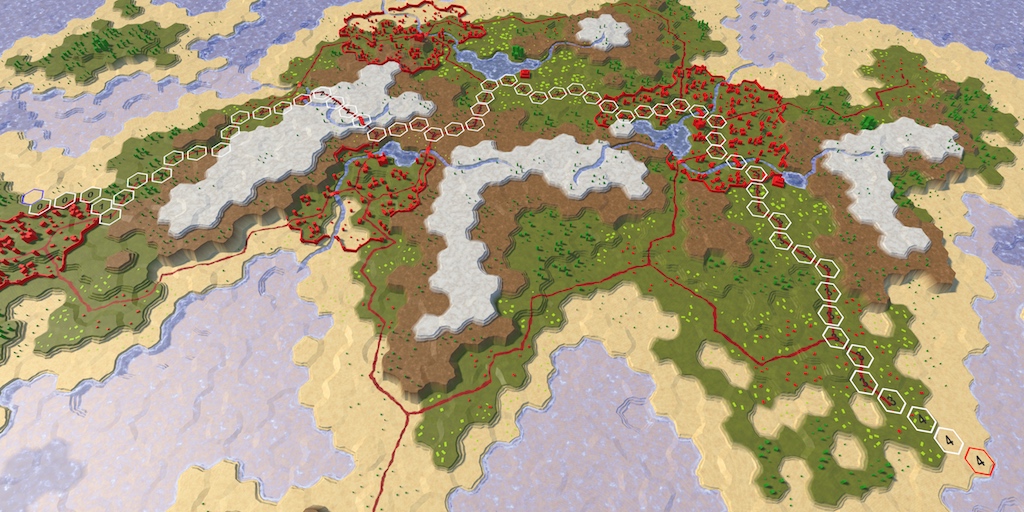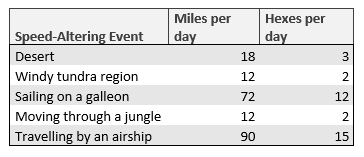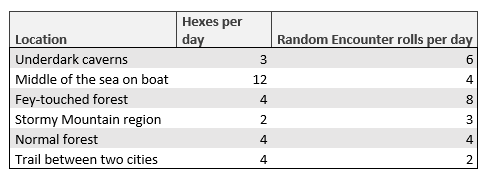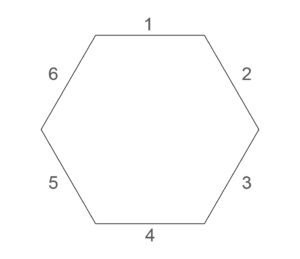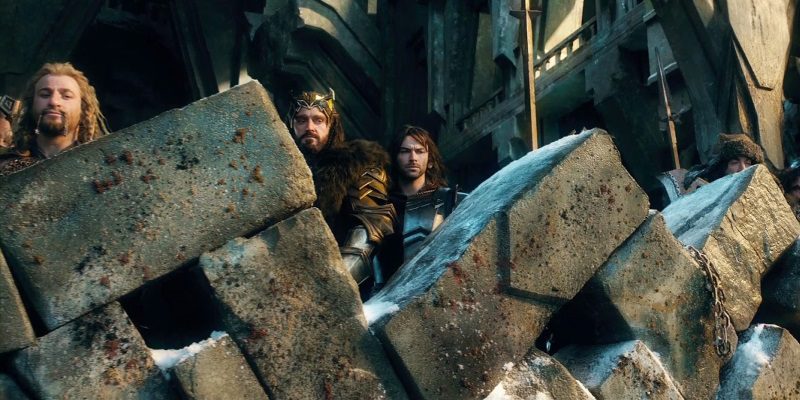A guide to Hexcrawling, Part 2: New Hexcrawling mechanic
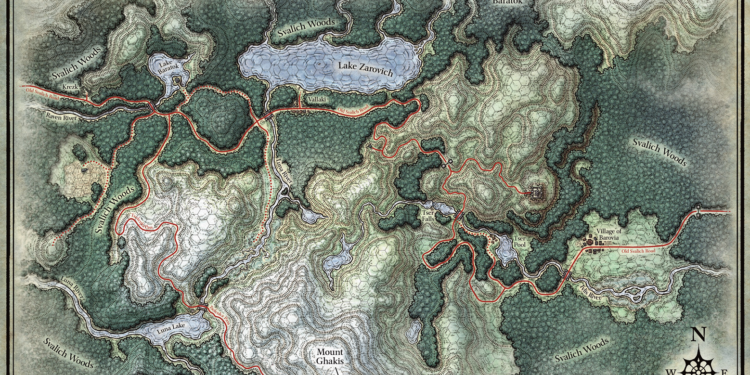
All right! I’ve been doing some research, done some math, and am eager to show you this new technique I created to run a better hexcrawling campaign or adventure using 5e. Now that I’m finally giving closure to my 1 year running Waterdeep: Dragon Heist campaign, I can’t wait to try it in a full-fledged adventure!
In case you missed the first article, in which I talked about what hexcrawls and hexes are, as well as how good they are for your game, click here. Now with that out of the way, taking into account you already know what a hex is, let’s go straight to the important part: How to make hexcrawls work and be fun with D&D 5e.
Negatives
When trying to understand what is it that people don’t like about hexcrawls I did some research online, as well as recall the Tomb of Annihilation game I played at. I gathered a few of the negative statements, to see if I can counter them with my new Hexcrawling mechanic. Here are some of them:
- Random Encounters don’t move the game or story forward in any way.
- Moving a token one space at a time on the map seems way too videogamey, breaking the immersion.
- Traveling two or three hexes per session doesn’t give a great sense of accomplishment.
- Moving faster, slower or using a vehicle makes it too difficult to track
Of course, WotC solved some of these issues in Tombs of Annihilation by adding in some extra mechanics that are in fact very good. However, I believe that the method I created abstracts distances in an excellent way. See it for yourself:
Hexcrawling mechanic
An average individual can march normally about 24 miles per day in D&D on foot. After doing some math, I arrived at a similar result to the one shown in page 242 from the Dungeon Master’s Guide. The best way to make a player feel accomplished by how much they traveled during a session, while maintaining it easy enough to track variable speeds is to have each hex be smaller.
This can vary from one map to another, due to their respective sizes. Nevertheless, I believe having a day worth of travel always be 4 hexes is the perfect decision. Traveling through difficult terrain, be it a jungle or a windy desert, may have you need to tweak the number of miles a hex is (consult the tables below for reference). Going through normal terrain means each of the hexes are 6 miles long in distance.
 Note that traveling on a horse makes you cross double the distance you would make on foot at a normal pace. This is because most player characters move at a speed of 30ft, while horses have 60ft speed. You can easily tweak the table depending on other means of travel by adding or decreasing the number of hexes they can travel per day. Try to use integers, as it makes it way easier for everyone at the table to track it.
Note that traveling on a horse makes you cross double the distance you would make on foot at a normal pace. This is because most player characters move at a speed of 30ft, while horses have 60ft speed. You can easily tweak the table depending on other means of travel by adding or decreasing the number of hexes they can travel per day. Try to use integers, as it makes it way easier for everyone at the table to track it.
Speed altering events
Different biomes can change the way you travel, making it impossible to go on horseback or a cart. At the same time, both weather and the terrain you are traveling in can hugely change how fast you move. This is when managing these simple numbers for distance and hexes become extremely useful. If walking in snow is making the PCs move at a slower speed than usual when traveling at a normal pace, make them only move 3 hexes per day, or even 2 if they are also going against the wind. You can alter this chart to benefit the players alternatively if they decide to travel by raft being pulled by the water currents, for example, getting 5 hexes crossed in a single day. Here I present you with some examples to use as a reference when tweaking the number of hexes your PCs will cover in a day.
Random encounters
There’s not much to be done to solve the random encounters dilemma. I do love them, as well as the sense of realism they provide, but I can get why some people believe they slow the game. There’s one way to solve this, however, but it requires a bit of extra effort from the DM’s part. Add in some encounters to the table that are in some way or form connected to some future event. Maybe the players stop some bandits and find a key they have that opens a temple they are going to find several sessions later. Why not add a note on them that speaks about some villain’s evil plan? These bandits… or even a monkey who stole someone’s bag can give you enough information to keep those players that crave for more storytelling moments.
As regards the way we’ll be managing the encounters with this new method, I suggest doing it this way: Roll for a random encounter per hex they travel. This will determine at which time of the day the encounter occurs. Traveling by vehicle decreases the chance of an encounter occurring by 1/2 or 1/3, while traveling through terrains that make your pace slower may make you have to roll twice the amount of times. Use the following table to have an idea of how often you should roll for random encounters.
Getting lost
If the player characters are traveling in a place they don’t know or might get lost with ease, have them roll to see if they get lost once per day. This can be done with a Wisdom (Survival) check by a single member of the party. The check will vary its difficulty depending on where and how familiar they are with the place. Normal difficulty should be about DC13, while a foggy jungle the players have never been in before can be a DC17 check. Failing on them would mean the player characters get lost, but the players may not need to know of this. If your players are brave enough, ask them for you to roll their Survival checks. This way, they will have no way of being certain they are on the right path, and may not realize it until it is too late.
Failing on a Survival roll to stay on track means you either get so lost you move half the expected distance, or you end up moving in a random direction. You can determine this by rolling a d4 behind the screen. 1-2 means the party moves half the expected amount of hexes. 3-4 means they get to travel in a random direction. You can determine which direction they follow by rolling a d6 and using the image below, or roll one d6 per hex they will be moving to determine where they would end up by the end of the day.
Succeeding on the Survival check reveals your actual location in the map, and allows for a safe pass to the expected hex (unless a random encounter happens).
Complications
I found two extra complications that have to be dealt with in a special manner. The first of the two is that this mechanic will not make your game feel less videogamey as I specified above. This, however, is something lots of players do love as I talked about in the last hexcrawling article. Have whichever map they are going to travel in printed or drawn. Make the players keep track of where they are, have them worry if they got lost. These feelings will make those players who lost a bit of the immersion by looking at the map be instantly pulled back into the game to plan out their next move. Just as I talked in this article, props make a huge difference when trying to create immersion, and maps really do the trick.
Lastly, how do you make a big continental map scaled when you should have 4 hexes per distance the PCs traverse. The hexes are going to be microscopical! This mechanic does not work for all kinds of maps. Both terrains you can travel in less than a day, and gargantuan territories can not be properly marked this way. Even if I was to tweak it, there are infinite ways in which your map can be different from the examples I can write. I laid the skeleton for you, now it’s your time to tweak it to those vastly different in size maps. Maybe you can have the hexes it takes to travel a whole day be the ones you can get across in an hour, or a month. Feel free to show me your map and ask me how you should measure it if you are not sure.
Conclusion
This was my in-depth new mechanic to manage hexcrawls in an abstract simple way. I really liked doing the research about it and can’t wait to somehow implement it into my game. It has been really fun learning some story from old editions and how they did manage similar systems, as well as campaign styles that revolve on them, such as West Marches. Let me know if you are interested in me continuing this series and feel free to give me new ideas on what I should talk about next.
What did you think of this new mechanic? Are you planning to use it or will you stick with WotC’s method? Write your positive and constructive opinions below indicating both the things you liked and disliked about it in the comments below!

